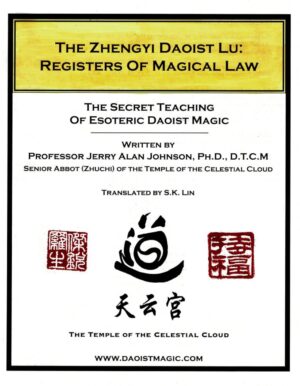24.07.2025
23.07.2025
“A Ravenous Feast: Spellbinding Recipes Inspired by the Literary Works of Edgar Allan Poe” by Veronica Hinke
23.07.2025
“The Prophecies of Merlin: The First English Translation of the 15th-Century Text” by John Matthews and Maarten Haverkamp
23.07.2025
“Taoist Secrets of Pregnancy, Birth, and Healing Love” by Mantak Chia and Marina Dadasheva-Drown
23.07.2025





